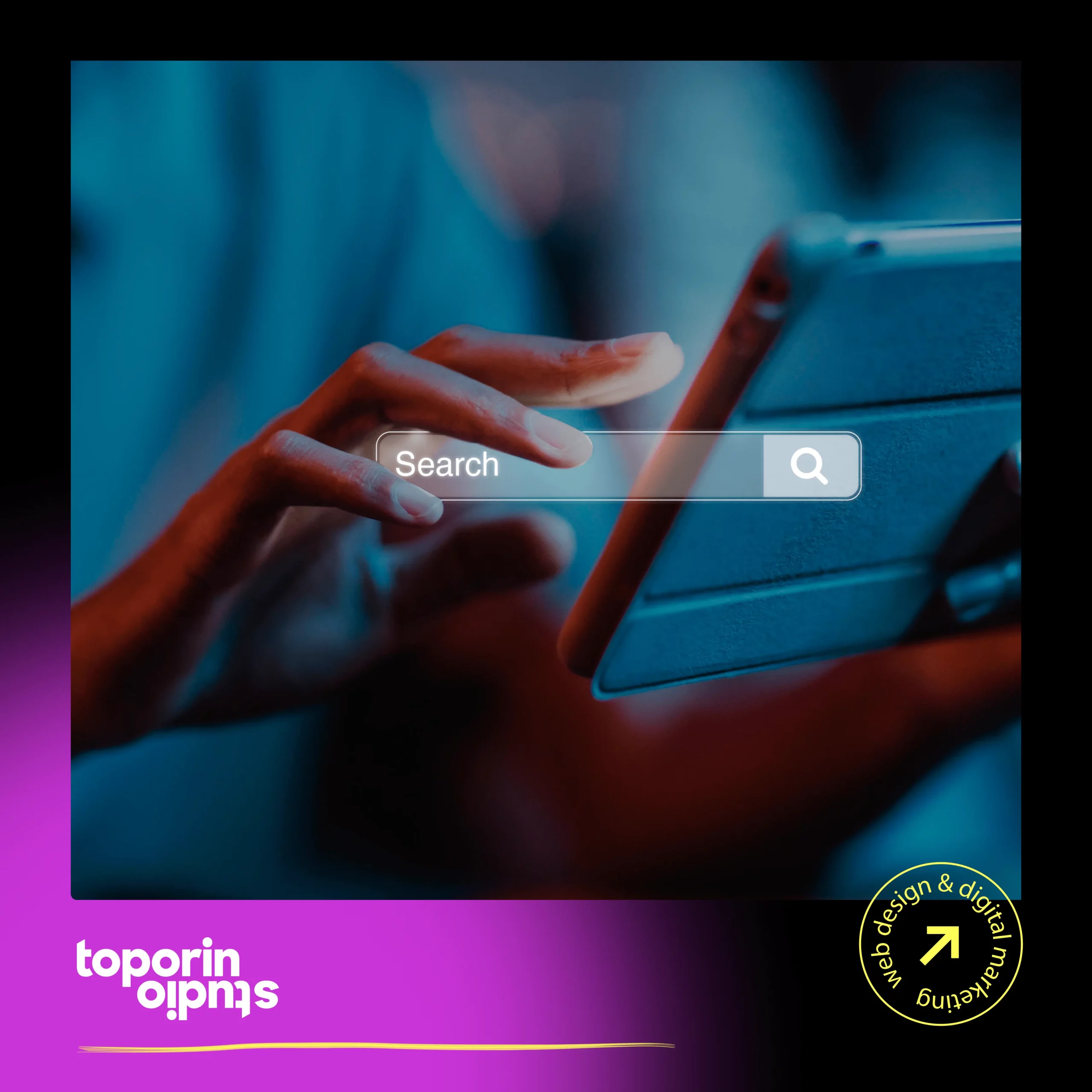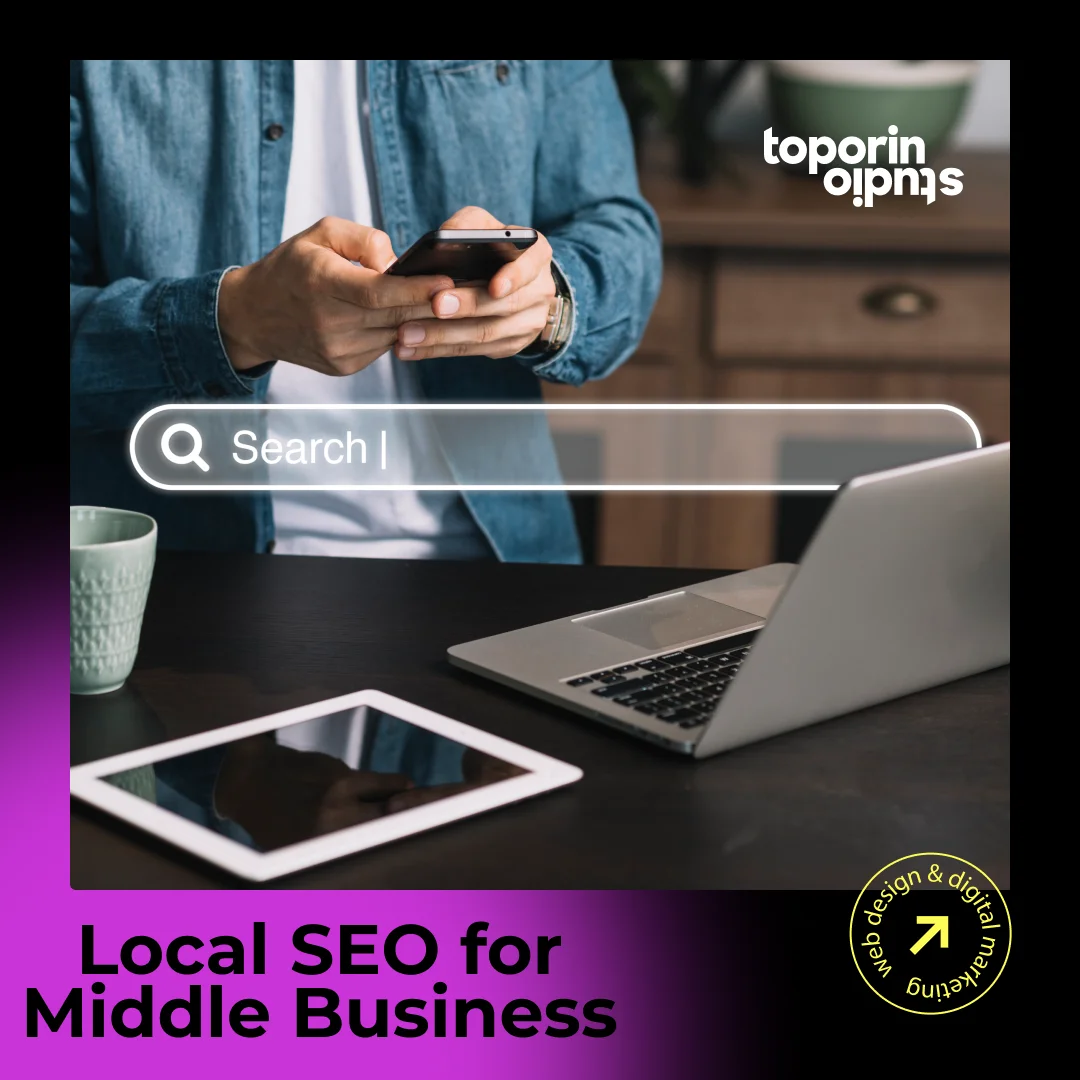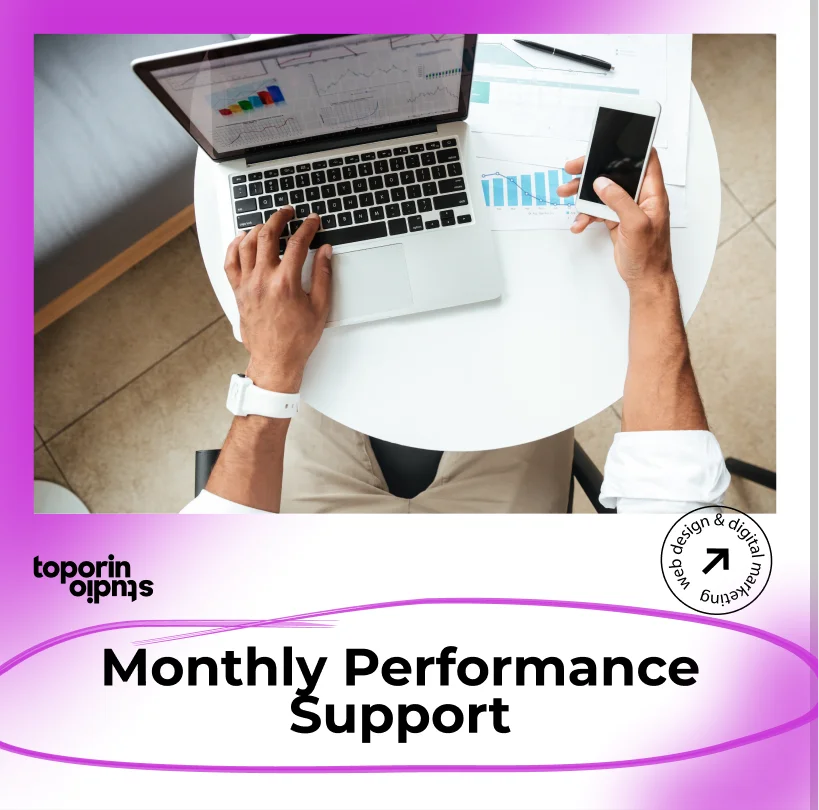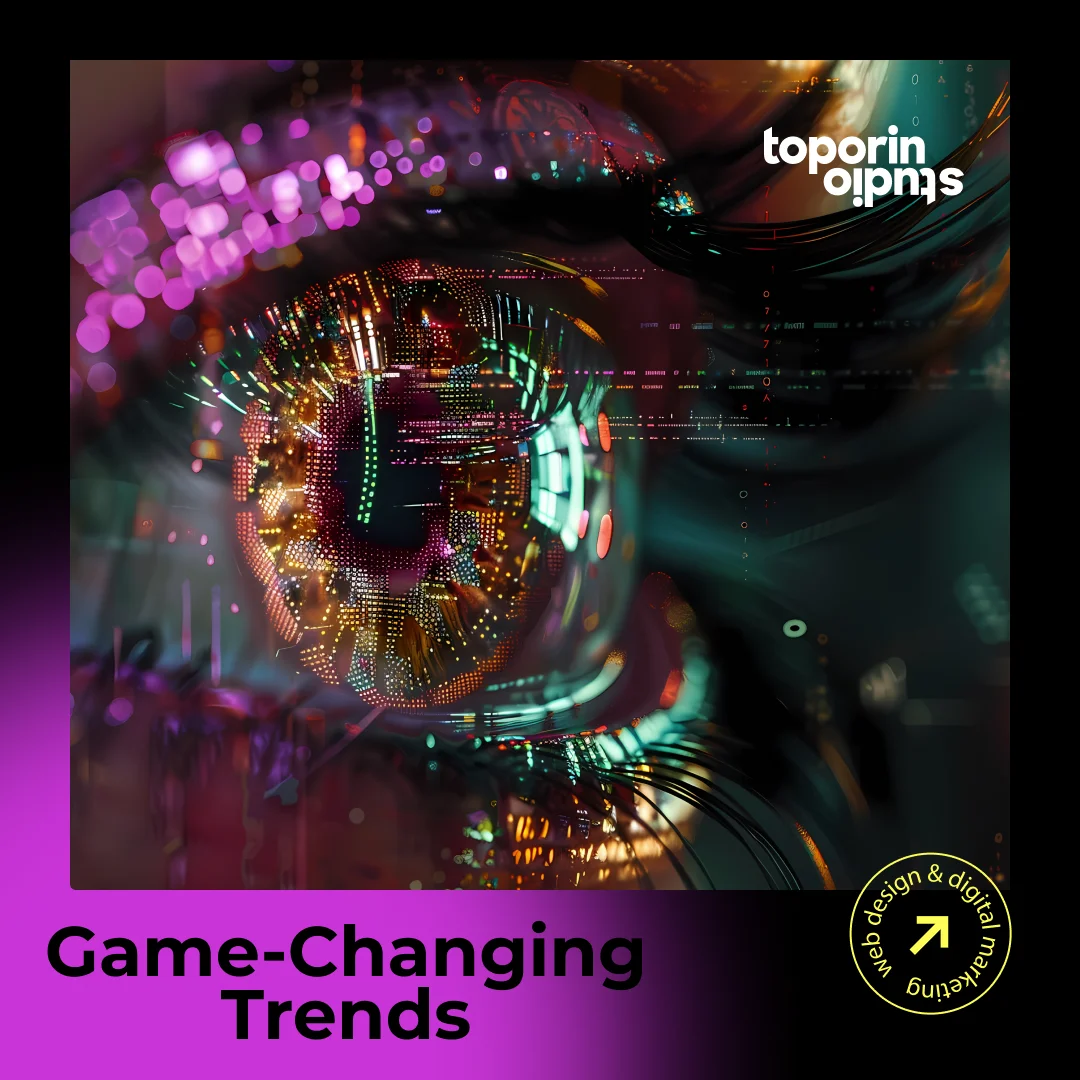The Power of Images in Modern Search Engines
In an era where visuals dominate the online landscape, it’s no surprise that visual search is fast becoming a game-changer in the world of SEO. Digital Marketing agencies, including Toporin Studio, have already recognized the importance of integrating visual elements into their SEO strategies to ensure they remain at the forefront of this evolving digital ecosystem.
Understanding Visual Search
At its core, visual search refers to the process of using images to search for information online, as opposed to the traditional method of using text-based queries. Platforms like Pinterest and Google Lens are perfect examples of how visual search tools allow users to upload an image and receive related content or similar images in return.
This mode of searching is not only intuitive but also caters to the human preference for visual information. Studies suggest that the human brain processes visuals 60,000 times faster than text, making images a powerful tool in conveying information quickly and effectively.
The Growing Importance of Visual Search in SEO
Consumer Expectation and Behavior: As the internet becomes more visually-oriented, consumers are increasingly expecting to interact with visual content. Platforms like Instagram, Snapchat, and Pinterest have made visuals central to the user experience, paving the way for visual search to become a natural progression in consumer behavior.
Enhanced User Experience: Visual search offers a more engaging and interactive user experience. Instead of typing out long queries, users can simply snap a photo of something they’re interested in and get instant results. This intuitive approach saves time and provides more accurate results based on the visual context.
Potential for Increased Conversions: For businesses, visual search has the potential to drive higher conversions. When users search with images, they’re often further along in the buying process. For instance, someone photographing a pair of shoes is likely more intent on purchasing than someone typing in a generic shoe-related query.
Strategies to Optimize for Visual Search
To capitalize on the potential of visual search, businesses and SEO professionals should adopt specific strategies:
Image Quality Matters
High-resolution images that are clear and relevant to the content will rank better in visual search engines. Avoid using stock images wherever possible, and instead, opt for original, high-quality photos.
Optimize Image Metadata
While the image itself is crucial, the information behind the image plays a significant role in visual search. This includes the image filename, alt text, title, and caption. Ensuring that these are descriptive and relevant can boost the chances of ranking higher.
Structured Data is Essential
Implementing structured data can provide search engines with more information about the content of an image. This can be particularly useful for e-commerce websites, where structured data can include price, availability, and review ratings.
Mobile Optimization
Given that most visual searches occur on mobile devices, ensuring that your website and images are optimized for mobile is paramount. This includes ensuring fast load times and using responsive design.
Utilize Image Sitemaps
Image sitemaps can help search engines discover images that they might otherwise miss, especially if they’re embedded in JavaScript. Including an image sitemap in your website’s architecture can give you an edge in visual search rankings.
The Future of Visual Search in SEO
The integration of artificial intelligence (AI) and machine learning in visual search tools promises to make the technology even more sophisticated. As these tools become more adept at recognizing and interpreting images, the accuracy and relevance of search results will only improve.
Moreover, with the rise of augmented reality (AR) and virtual reality (VR), the lines between the digital and physical worlds will blur further, making the role of visuals even more significant. Imagine pointing your AR glasses at a product in a store and instantly receiving reviews, similar products, or even purchase options directly in your field of vision.











